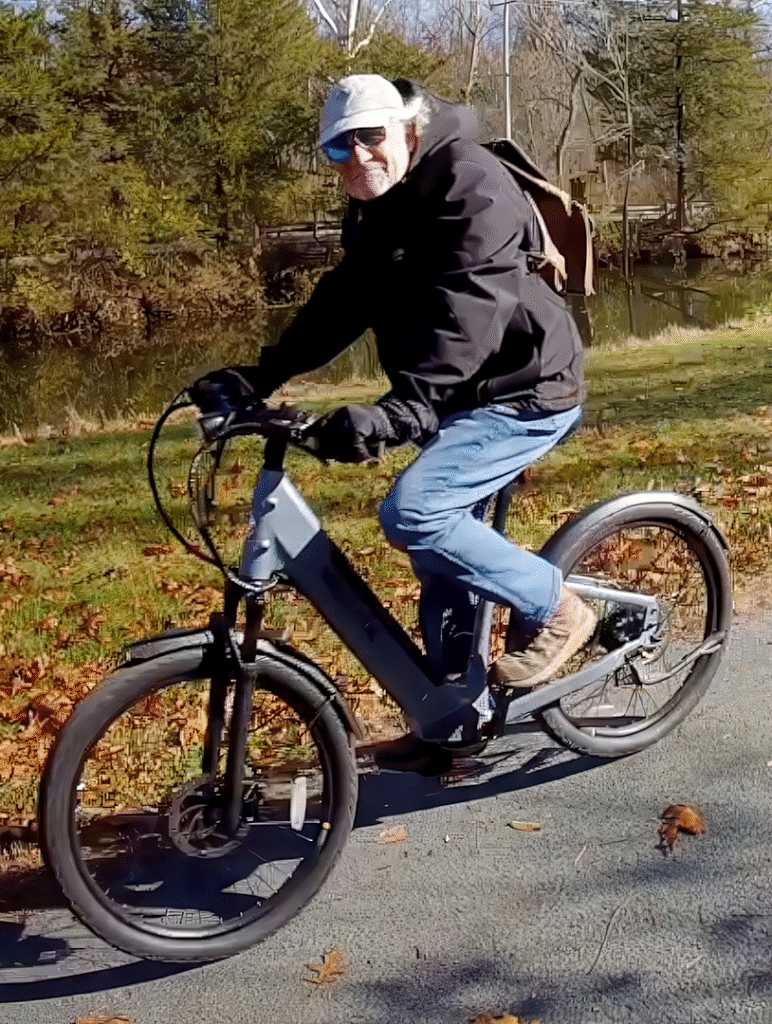We’re stuck in an ever-growing quagmire under a gridlocked government with no clear solution in sight. As a voting American citizen, I’ve rarely had the opportunity to vote for the person I actually wanted to win. By the time I get to the polls, I’m typically presented with a small number of top candidates. If I don’t vote for a frontrunner, I split the vote, effectively wasting my vote. I am left choosing the lesser of two evils. A pragmatic solution exists, however, if we simply upgrade how our votes are counted using ranked choice voting (RCV).
Here’s how ranked choice voting works. Just like any other election, you pick the candidate you like the most. If that candidate has no chance of winning, you no longer throw away your vote: you can have backup options. You rank your top candidate #1 and your backup choices as #2, #3 and so on. If a candidate gets more than 50% of the #1 votes, they win. But if no candidate in the election gets more than 50% of the #1 votes, the votes for the candidate coming in last go to whomever their voters picked as their second choice. The process repeats until a candidate ends up with more than 50%. Ranked choice voting lets you have a voice in the election, even when your top choice isn’t one of the frontrunners.
We often hear the expression “every vote counts,” but it rings hollow when casting a ballot for a candidate you don’t prefer. If your vote doesn’t reflect your true preferences, you didn’t really get to vote, did you? As of March 2023, Gallup polling shows that of Americans, 25% are Republicans and 25% are Democrats, while a stunning 41% are Independents. With RCV, the 41% of Independent Americans finally have a voice and third-party candidates immediately become viable options.
“Who are you voting for in the Philly mayoral primary?” may be the most common question you’ve heard lately due to the abundance of contenders in the ring. My friend in Colombia even asked me. This race is a perfect example where RCV would satisfy more people and better reflect the principles of democracy. At the time of this writing, a poll by FM3 Research of 800 Philadelphia Democrats who are expected to vote in the primary favors Jeff Brown and Helen Gym at the top.2 Consider a more centrist voter who might be torn between Allan Domb and Jeff Brown but favor Domb. If they’re concerned that Helen Gym might win, they might worry that voting for Domb would split the vote, allowing Gym to win, and they would vote for Brown even though that isn’t the candidate they prefer. The same would go for a progressive voter who favors Rebecca Rhynhart but likes Helen Gym. They may worry that Brown would win and vote for Gym to keep from splitting the vote.
Was that complicated? Yeah! Our current system incentivizes strategic voting and the mental gymnastics that go along with it. People aren’t voting according to their true preferences today.
Now imagine these four candidates were to split the vote closely, with one receiving the most votes at 30%. Under our current system, that candidate would win the election with far less than 50% of the vote. This is not democracy. With RCV, voters’ second, third and fourth choices roll up until the winner has received more than 50% of the vote, meaning more people agree with the outcome.
As of April 2023, 63 American jurisdictions have RCV in place, reaching approximately 13 million voters. This includes Alaska; Maine; Benton County, Oregon; and 59 cities across the United States. Also military and overseas voters cast RCV ballots in federal runoff elections in six states.
Pennsylvania election law precludes the use of RCV statewide. This law needs to be changed. Trigger laws can be set up in counties and cities so that when the state law permits, the local law can be implemented and RCV can be used in that municipality.
Picture how different our country might be if people who had wanted to vote for Ralph Nader in 2000 could have done so with Al Gore as their backup candidate. We would have had an environmentalist in the White House either way.
If you’ve been questioning how to spend your time to make substantial change, support RCV however you can. At minimum, spread the word. We need to garner as much grassroots understanding and support as possible to move it forward. If you’re ready to commit time or money to support the adoption of RCV, join an RCV Working Group with MarchOnHarrisburg. You can learn more about the nationwide effort to pass RCV at FairVote.org.











Neither the Democrat nor Republicans party apparatus want RCV because it cuts into their individual fiefdoms and allows third parties outside the duopoly to have a seat at the table.